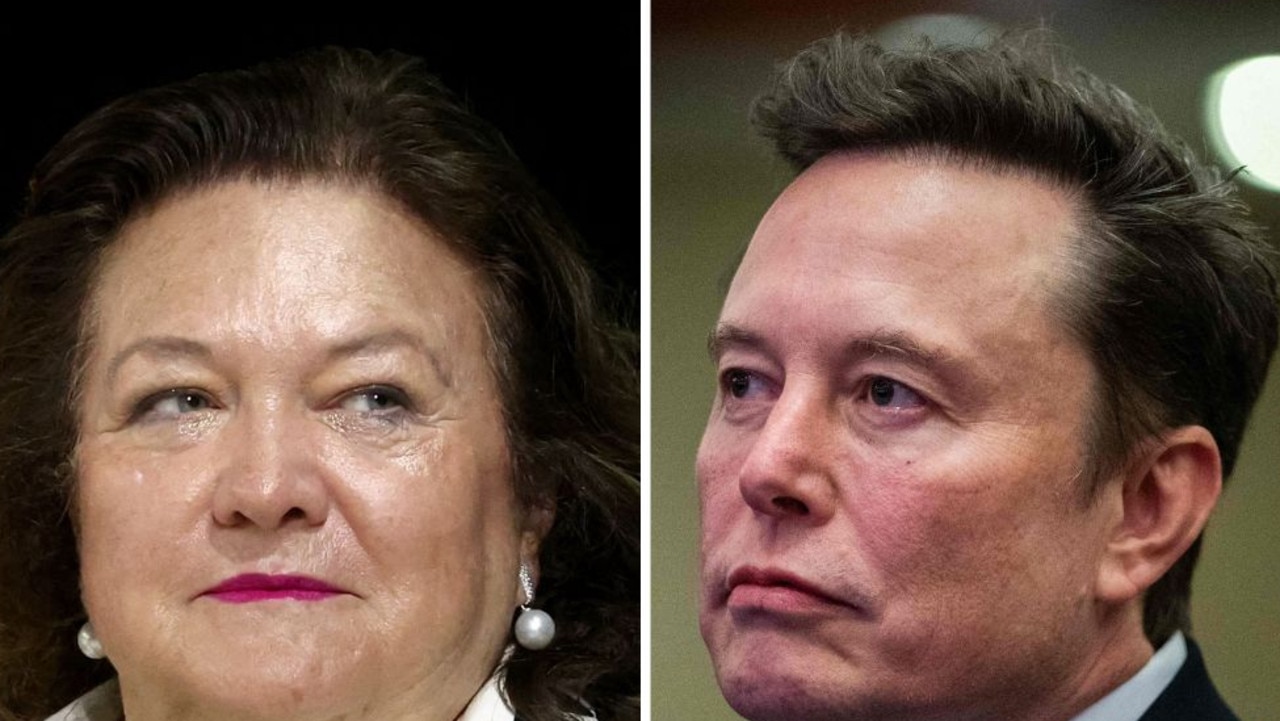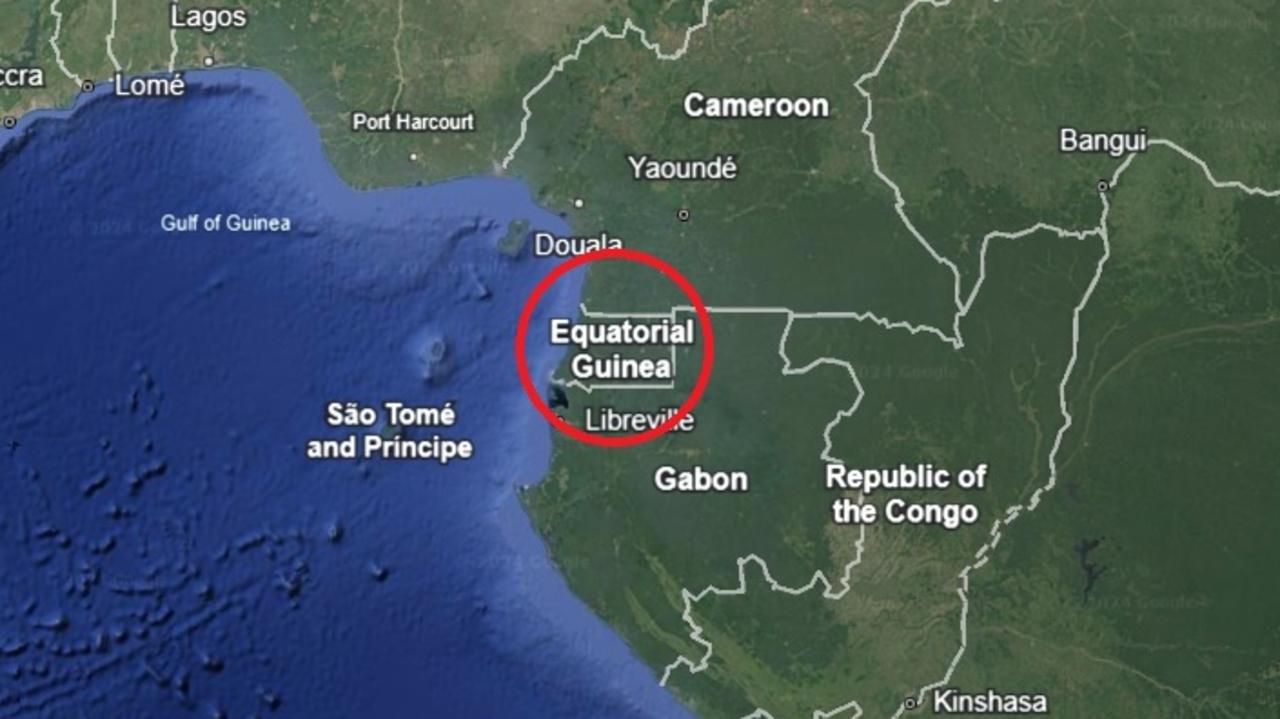North Korea missile crisis: Could Australia be targeted by Kim Jong-un?
A PENTAGON adviser has warned Australia could be on the receiving end of Kim’s fury as experts say anything could happen.

IT WAS a stunning warning that made Australia sit up and take notice.
Former Pentagon official Dr Brad Roberts said Australia needed to develop greater missile defences in the event of a North Korea missile strike.
Dr Roberts, who served as US deputy assistant secretary of defence for nuclear and missile defence policy between 2009 and 2013, also warned Australia had no say in Kim Jong-un’s decisions.
“Unfortunately, Australia doesn’t really get to choose whether or not North Korea threatens it — it’s the choice that the North Korean leader makes,” he told the ABC.
“His objective is to make us fearful so that our leaders will not stand up to his threats and coercion.”
But just how much of a target is Australia, and are we likely to feel the wrath of Kim?
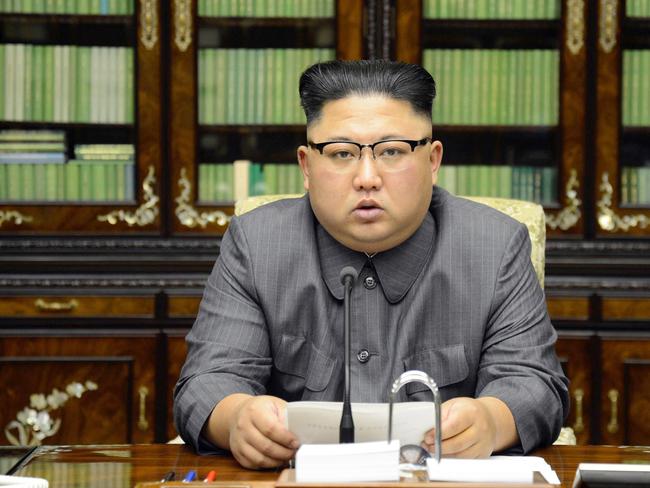
CAN A NORTH KOREAN MISSILE HIT AUSTRALIA?
Experts warn anything is possible and hope this scenario remains an unlikely possibility.
It’s no secret that North Korea has ramped up its missile technology in recent years and its missiles are now capable of reaching greater distances than ever before.
The Musudan has a range of 3500km, and the KN-17 ICBM has a missile range of 5500km.
The KN14, which was tested in July this year, has a range of 6700km while the KN-08 which hasn’t been tested yet has a range of 11,500km.
To put that in perspective, the US military base of Guam is 3402km from Pyongyang.
Darwin is 5747km from Pyongyang, Sydney 8515km, Melbourne 8763km, Alice Springs 7023km, Brisbane 7914km, Perth 7955km, Adelaide 8325km and Hobart 9359km.
Professor of International Security and Intelligence Studies Professor John Blaxland told news.com.au said Kim’s missiles could reach Australia, but “only just”.
“It is increasingly evident that North Korean missiles could strike parts of Australia, particularly Northern Australia,” he said.
ARE WE A TARGET?
Nuclear disarmament campaigner John Hallam said he believed a strike on Australia remained a low, yet, terrifying possibility.
He said Kim had bigger targets in sight other than Australia, including Seoul, the strategic bases of Guam and Okinawa and even the west coast of the US.
However, if Kim decided to attack Australia, Mr Hallam said he doubted the capitals would be first in line.
“Pine Gap has to be among the highest priority nuclear targets in the world as it performs nuclear command and control functions among many other things,” he said.
“It’s a satellite down-station from which any NK launch would be transmitted to the US.”
While Foreign Minister Julie Bishop has been attempting to bring the temperature down on the crisis, Mr Hallam said the Prime Minister’s comments about being joined at the hip to the US were unhelpful.
“Malcolm Turnbull’s comments are stupid,” he said. “Comments like this make us a target. It’s asking for trouble. This is painting a target on our backside.”
Mr Hallam said the Prime Minster aligning Australia with the US placed Australians in jeopardy.
“The government must do its utmost to keep Australian cities off Kim’s ‘map of death’.”
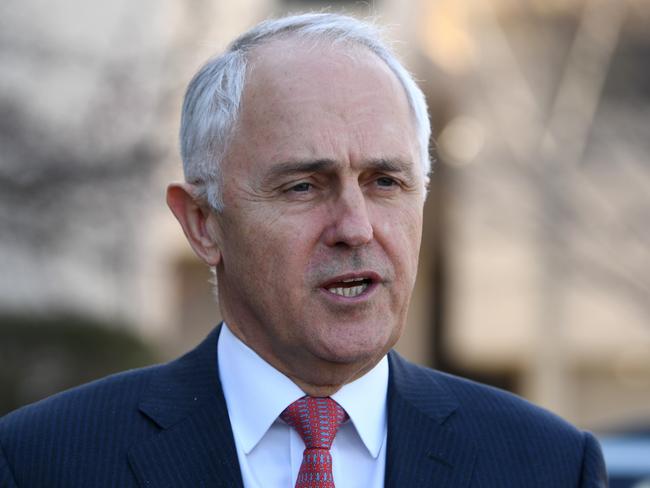
CAN NORTH KOREA DO IT?
Prof Blaxland, who is the director of Australian National University’s Southeast Asia Institute, said the reality was North Korea’s technology had improved.
“The technology for ballistic missile defence has been getting better and better to the point where today there are emerging a couple of viable and not altogether expensive options to significantly upgrade our ability to respond defensively in the event of a ballistic missile attack,” he said.
Mr Hallam, however, said he hoped Australia wasn’t high on North Korea’s hit list.
“As to whether or not an NK missile can reach Australia, nobody is really sure,” he said.
“Basically, if an NK missile can reach the west coast of the US, it can reach Australia.
“The questions will then be, ‘How many missiles does Kim have that are capable of reaching that far, and how will he prioritise their use?’”
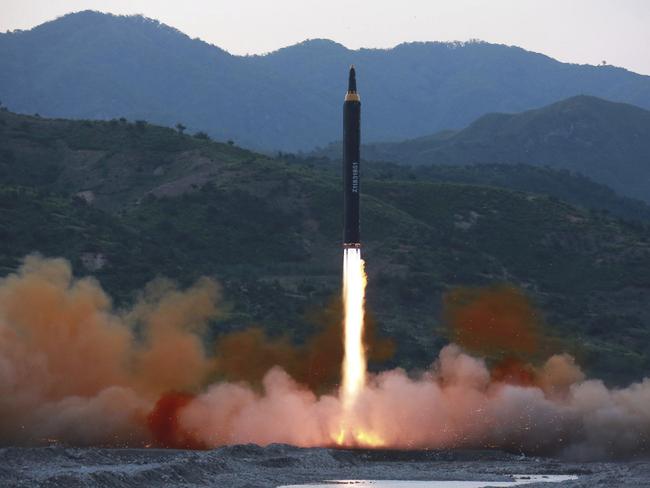
WHAT DEFENCE DO WE HAVE?
Prof Blaxland said the US had good defence systems in place.
“The United States has installed very expensive ground based missile defence systems in Alaska to respond to the threat of intercontinental ballistic missiles,” he said.
“That option is simply too expensive and the continent too sparsely populated for Australia to contemplate seriously.”
Prof Blaxland said sea-based missile defence is not only achievable but not inordinately expensive.
“Japan has invested heavily in this technology and it is something Australia could easily choose to do as well,” he said.
Australia already has Aegis equipped air warfare destroyers.
Prof Blaxland said these could be upgraded to operate the latest versions of the standard missile 3 and 6, which are considered the most sophisticated and versatile anti-ballistic missile options.
“This upgrade would not necessarily require any major infrastructure upgrade in Australia, but it would make our warships considerably more versatile in a threat environment that is getting all the more challenging and in which ballistic missiles are increasingly available and likely to be among the types of threats we may face in conflict,” he said.
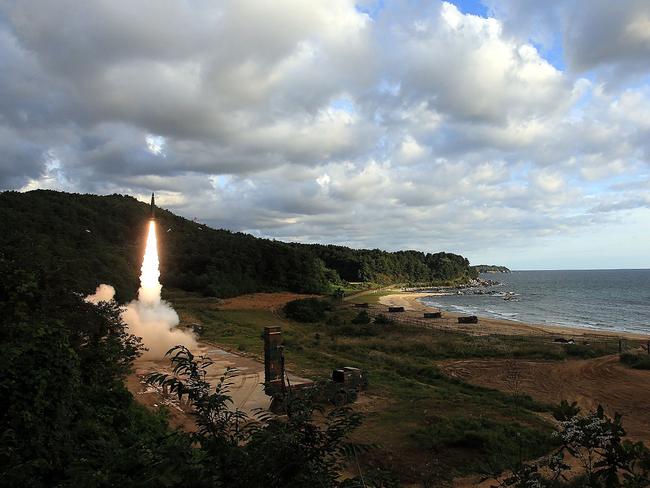
DO WE NEED HELP?
In Prof Blaxland’s view, we simply can’t defend ourselves alone.
He said upgrading air warfare destroyers, operating in or around the waters to the north of Australia, could be networked with similar capabilities in the US navy and the Japanese navy.
“On our own, we likely would not be successful in defeating an incoming ballistic missile,” he said.
“But the Japanese and US navy systems also use the kind of technology being installed on our new air warfare destroyers. If we were to upgrade ours with compatible systems, Australia could plug into a network that would make ballistic missile defence feasible.”
However, he highlights this would require a high degree of trust and interoperability between the three navies, something which would irritate China.
“China knows that any enhanced anti-ballistic missile defence system designed with North Korea specifically in mind also diminishes the prospective effectiveness of a Chinese ballistic missile capability that conceivable could be used if a conflict were to erupt involving any or all of these three countries, Japan, the USA and or Australia,” he said.
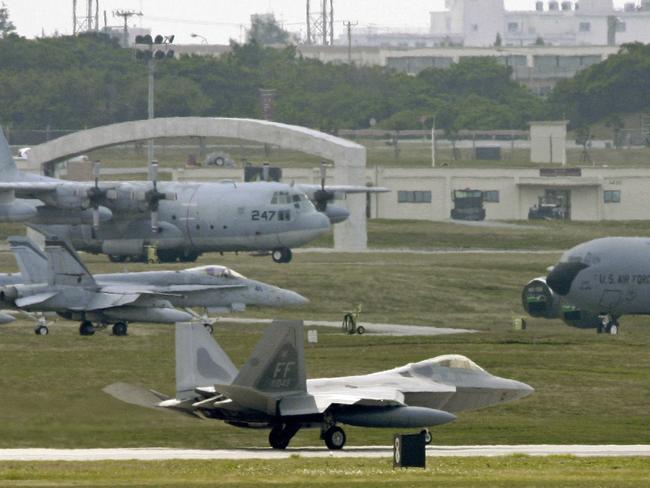
HOW DO MISSILES WORK?
There are three phases of a ballistic missile’s trajectory: the boost, mid and terminal.
The boost phase is when the rocket burns to project the missile in and through the earth’s atmosphere.
Prof Blaxland said it lasts only a few seconds and is difficult to hit or strike down during this phase.
“The mid phase can last several minutes as the missile arcs up through space before it is pulled back down to earth by gravity,” he said.
The terminal phase is when the missile re-enters the earth’s atmosphere at far faster than the speed of sound.
CAN WE STOP THEM?
Yes, but as Prof Blaxland points out, it isn’t exactly easy.
“Striking an intercontinental missile in this period is extremely difficult but technology now available has made it possible, with a higher level of confidence of striking it than ever before,” he said.
“The technology is sophisticated and not widely advertised, but is a viable upgrade option for our navy.”
The terminal fast is the hardest to defend against, particularly for a sparsely populated place like Australia, he said.
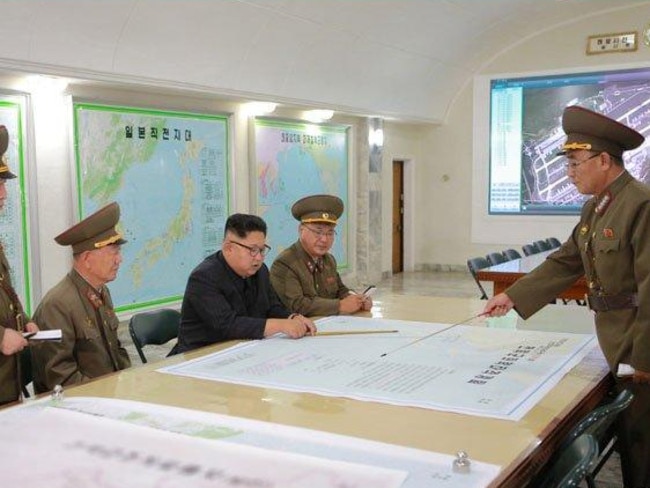
WHAT OPTIONS ARE LEFT?
Leonid Petrov, a leading North Korean expert, said Australia could play a much better and more viable option in the crisis.
Dr Petrov, a visiting fellow at the College of Asia and the Pacific at the Australian National University, said it was obvious someone who served as US deputy assistant secretary of defence for nuclear and missile defence policy would recommend buying a US-made piece of equipment.
However, Dr Petrov said there was a cheaper option on the table.
“Australia can save a lot of money (and lives) by using its diplomatic channels and mediate a comprehensive peace deal, which North Korea is begging for since 1974,” he said.


